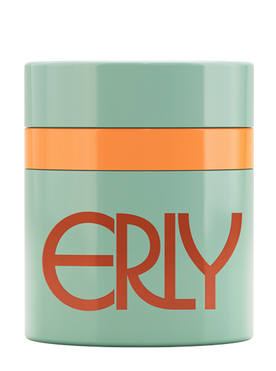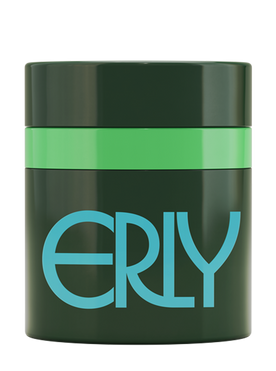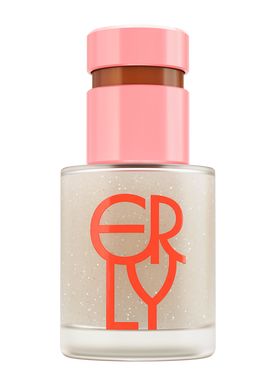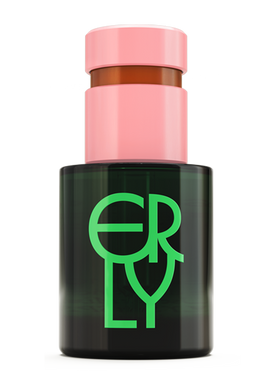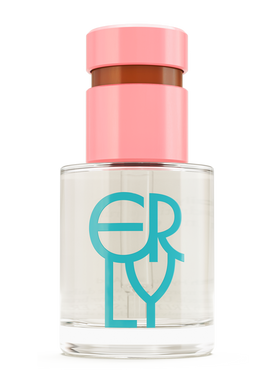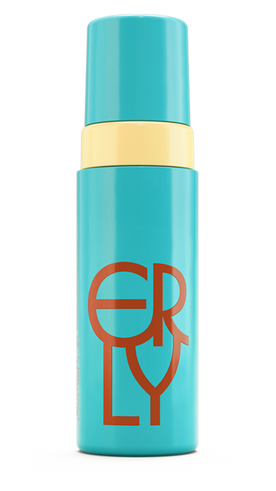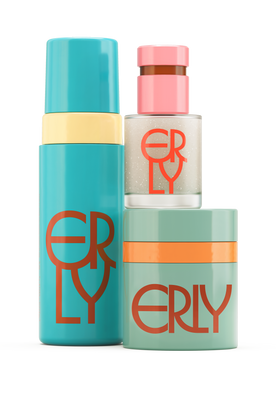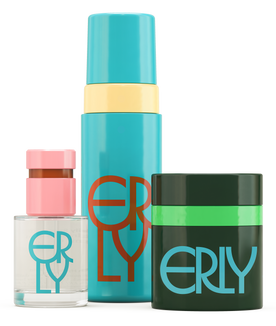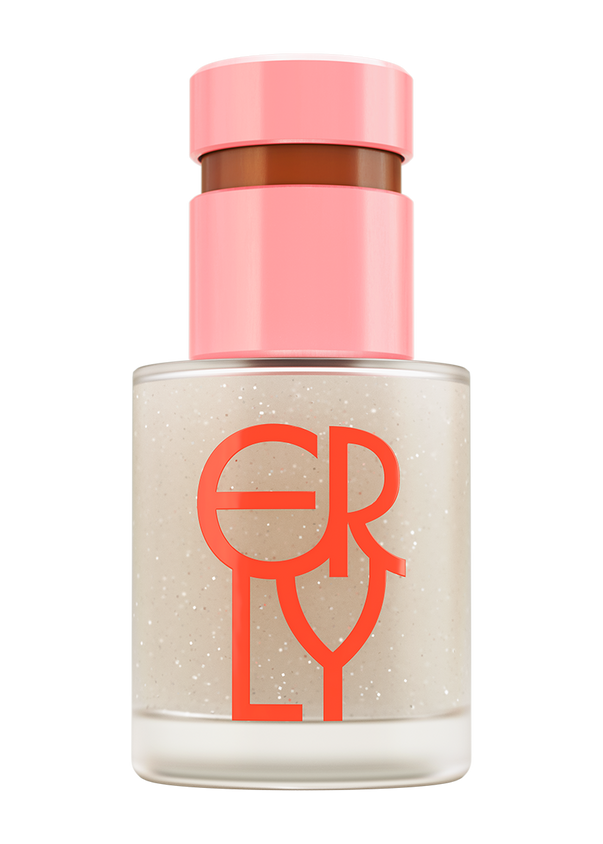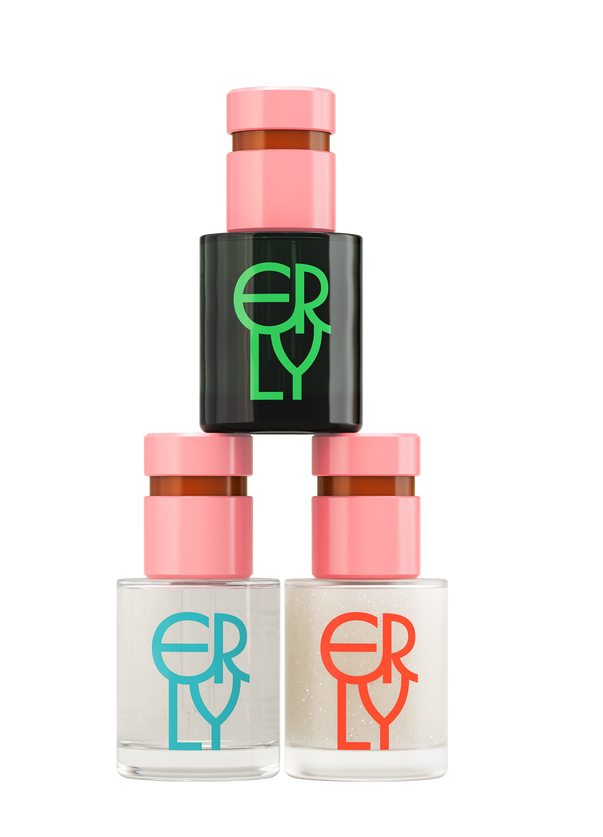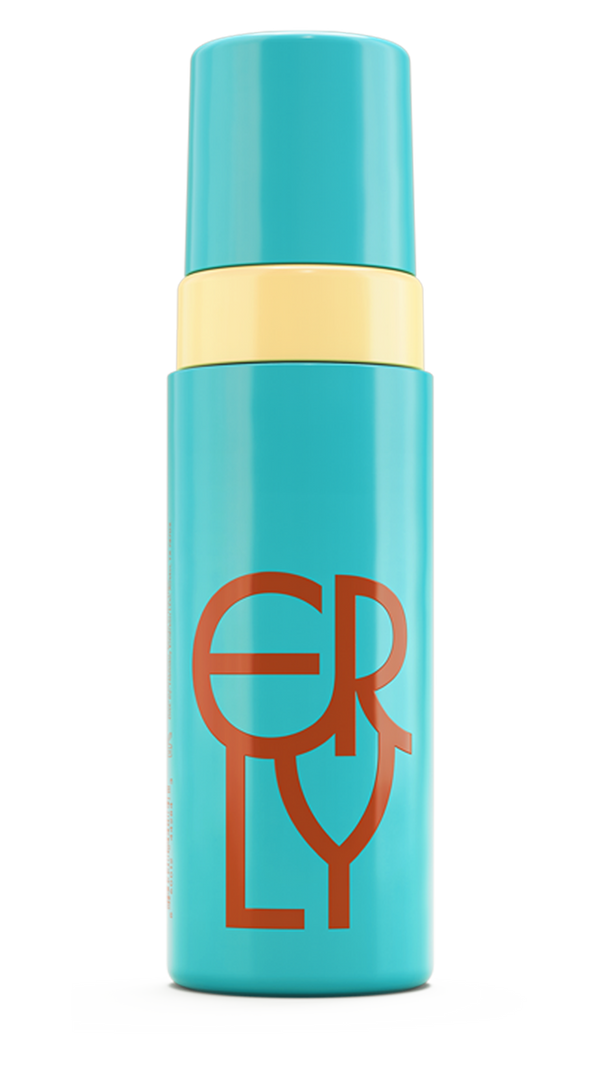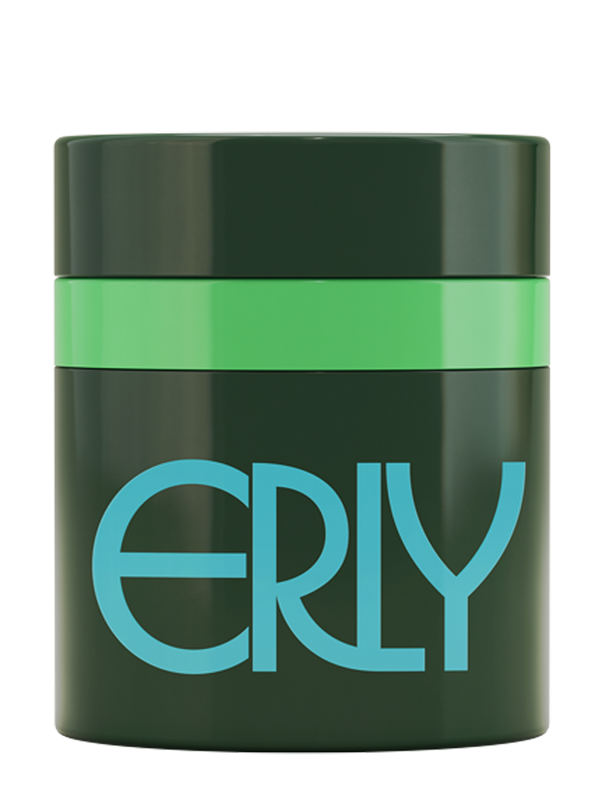If you’ve ever felt like your skin is quick to complain—whether it’s stinging after a cleanser, turning red after a serum, or flaring up in the cold—you may be dealing with what we call sensitive skin.
As a dermatologist, I often describe sensitive skin as having a little less padding, a little less resilience, than others. It’s like living in a house where the walls are thinner than average: you still get shelter, but you feel every draft, every noise, every knock a little more strongly. That’s what sensitive skin experiences with the outside world.
Let’s break down what sensitive skin really means, why it happens, and how you can care for it without feeling like you’re walking on eggshells.
Sensitive Skin Isn’t Just One Thing
The tricky part about “sensitive skin” is that it’s not a medical diagnosis—it’s more of an umbrella term. Some people notice frequent redness or flushing. Others feel burning, stinging, or tightness when they use certain products. Still others get dry, itchy patches that flare up with weather changes.
Sensitive skin can show up for many reasons:
-
Weaker skin barrier: The skin barrier is the outermost layer of your skin that regulates moisture and shields against irritants, allergens, and bacteria. When this barrier is weakened, it loses water more easily and becomes more vulnerable to external triggers, leading to dryness, irritation, and sensitivity.
-
Genetics: Some people are simply born with thinner or more reactive skin. Conditions like rosacea, eczema, or allergies can all make sensitivity more likely.
-
Overuse of harsh products: Too many scrubs, peels, or strong actives can wear down your skin’s defenses.
-
Environmental triggers: Weather swings, pollution, and even stress can throw sensitive skin off balance.
The unifying factor? Your skin feels more than it should.
The Analogy: Sensitive Skin as a Thin Sweater
Here’s how I like to explain it: imagine you and your friend are both standing outside on a brisk fall day. Your friend has on a thick wool sweater. You, however, are wearing a thin cotton one.
Your friend barely notices the breeze—but you feel every gust of wind. If a drop of rain falls, your sweater soaks it up immediately, while your friend’s wool repels it.
That’s sensitive skin in a nutshell. It’s not defective—it’s just less insulated, and therefore more exposed. It reacts more quickly and intensely to what’s happening around it.
The good news is: just like you can layer a jacket over that thin sweater, you can give your skin extra protection and comfort with the right care.
How to Care for Sensitive Skin
When I work with patients who have sensitive skin, I encourage a simple, gentle, and supportive routine. Think “less is more.” Here are the pillars:
1. Keep Your Barrier Happy
Your skin barrier is your first line of defense. If it’s compromised, everything else feels more intense. Look for ingredients like ceramides, hyaluronic acid, and squalane that help lock in hydration and strengthen the skin’s defenses.
For example, ERLY Night Moisturizer with peptides was formulated with sensitive skin in mind. It delivers deep hydration without heavy oils or fragrances—just lightweight moisture that helps reinforce your barrier.
2. Choose Gentle Cleansing
Over-cleansing can be one of the biggest culprits behind irritation. Skip exfoliating, stripping washes and instead go for something that cleanses without leaving your skin squeaky (which actually means stripped).
3. Avoid the “More is Better” Trap
When skin feels finicky, it’s tempting to keep trying new products. But piling on too many actives—like retinoids, exfoliating acids, or strong vitamin C—can overwhelm sensitive skin. Start with the basics: cleanser, moisturizer, sunscreen. Once your skin feels stable, you can carefully add in more targeted treatments.
4. Soothe First, Treat Later
When skin is sensitive or irritated, the first priority should be calming it rather than targeting issues like pigmentation or fine lines. Supporting the skin’s balance and comfort helps create a stronger foundation for any future treatments.
Ingredients such as niacinamide, bisabolol, and allantoin are especially helpful because they reduce redness, strengthen t he skin barrier, and ease irritation. ERLY’s Daily Soothe with niacinamide is designed to calm sensitivity while supporting long-term resilience, making it an ideal first step before introducing more active products. ERLY Face Foam contains allantoin to help calm skin.
Common Myths About Sensitive Skin
Because sensitive skin is so common, a lot of myths circulate. Let’s clear a few up:
-
“Sensitive skin can’t use actives.” Not true—you just need to introduce them slowly and in gentler formulations. Many people with sensitive skin tolerate low-strength retinoids or vitamin C when layered properly.
-
“Natural means safe.” Unfortunately, not always. Essential oils, citrus extracts, and even some botanicals can trigger reactions. Always patch test, even with “natural” products.
-
“It will always be sensitive.” Sensitivity can fluctuate! Hormones, stress, weather, and your routine all play a role. With the right support, many people find their skin becomes calmer and more resilient over time.
When to See a Dermatologist
If your skin is constantly red, burning, or flaring no matter what you use, it’s worth getting checked out. Conditions like rosacea, eczema, or allergies sometimes masquerade as “just sensitivity,” but they may benefit from prescription treatments or a more tailored plan.
The Bottom Line
Sensitive skin isn’t a flaw—it’s just a skin type that needs a little extra kindness. Like that thin sweater, it can still keep you comfortable—you just have to know when to add layers and protect it. ERLY makes it easy because all products are safe for sensitive skin.
A simple, consistent routine with barrier-supporting, soothing ingredients can make all the difference. With time, your skin can feel calmer, stronger, and more at ease in its environment.
And if you’re not sure where to start, building your routine around gentle staples like for hydration and for soothing support is a great way to begin.
Your skin doesn’t have to be in constant battle mode. With the right care, even sensitive skin can thrive.
